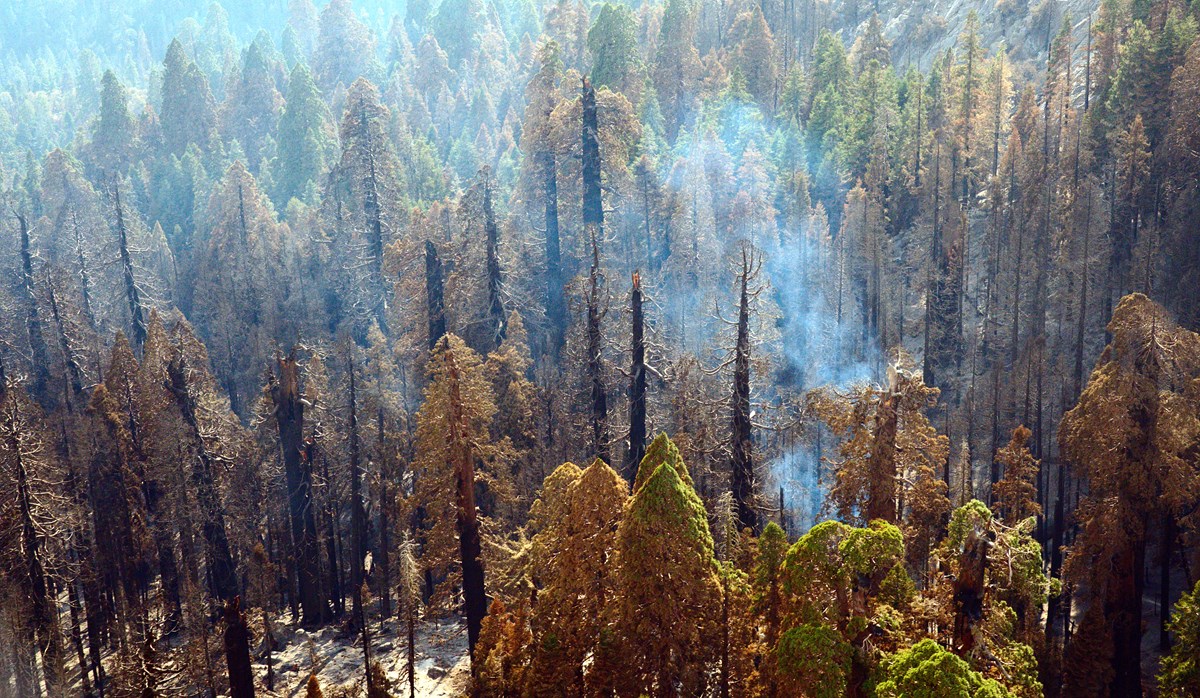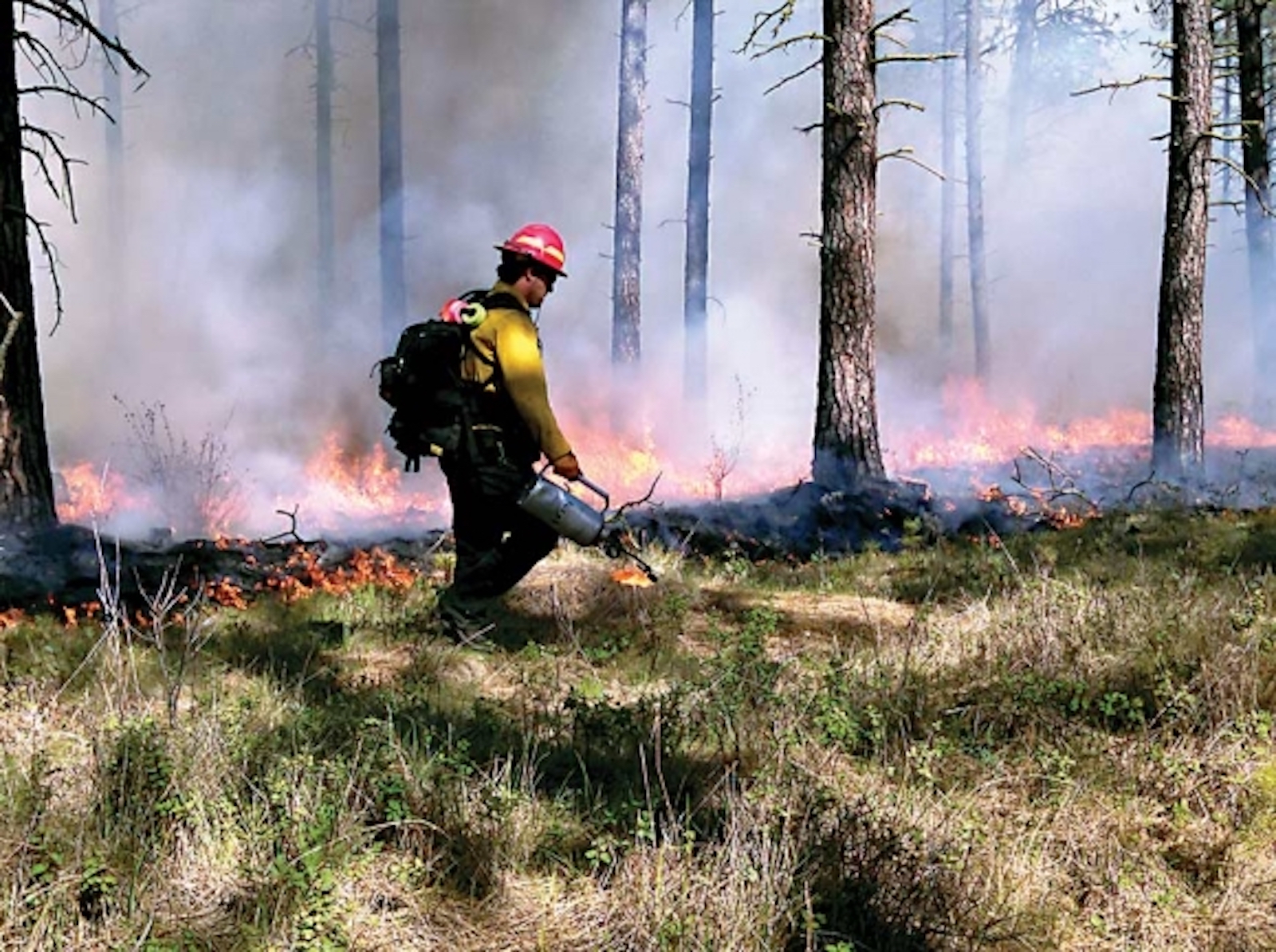This week, the Joint Chiefs’ Landscape Restoration Partnership has announced an additional $48.6 million to be allocated for projects that include mitigating wildfire risks, improving water quality, and restoring forest ecosystems. The announcement on the additional funding also included a list of fourteen new projects that will receive a portion of the budget, while also designating a large portion of the funding to existing projects.
The US Forest Service and the Natural Resource Conservation Service both recognize the growing risks that wildfires and other climate events present to communities, critical infrastructure, and ecosystems, and are working towards cross agency projects and planning to mitigate those risks. These projects will allow federal, state, and local agencies to work together in mitigating risks and protecting communities in areas that have seen an increase in fire activity trends over the years. In addition, the additional funding will promote public and private partnerships in meeting goals for conservation of natural resources and building community resiliency to drought conditions.

Investing in forest restoration projects will reduce the threat of catastrophic fires.
A Year in Review
The United States Department of Agriculture has also reflected on key investments made in combatting climate change in 2022.
Last year, the Biden-Harris Administration announced a $10 billion plan in identifying and managing climate change risks and prioritizing climate resiliency as a strategic goal for the Forest Service. The Wildfire Crisis Strategy and National Reforestation Strategy were announced and began work on high risk communities vulnerable to increased wildfire threats, adding millions of acres of forest to land treatment projects throughout the county. You may read more about the strategy here.
In addition to developing new projects, the Forest Service has also provided an increase in job opportunities in rural communities and improved industry standards for existing positions. The agency announced additional support to wildland firefighters with the addition of more permanent positions and increased pay. In addition, the Great American Outdoors Act provided economic opportunity for local communities to promote outdoor recreation and public land access, updating services and infrastructure, and support for locally driven water and land conservation efforts.
Measures such as these are essential in creating resilient communities and mitigating threats that come from extreme weather and climate events. Allocated federal funding will help secure critical infrastructure and prevent additional challenges in recovering after disasters. Forest recovery projects and other preventative measures will promote forest and grassland health. Local, state, federal and tribal partnerships will continue to work on managing climate change risks.
For more information on the recent news releases from the USDA regarding funding for combatting climate change, visit the agency’s website.




